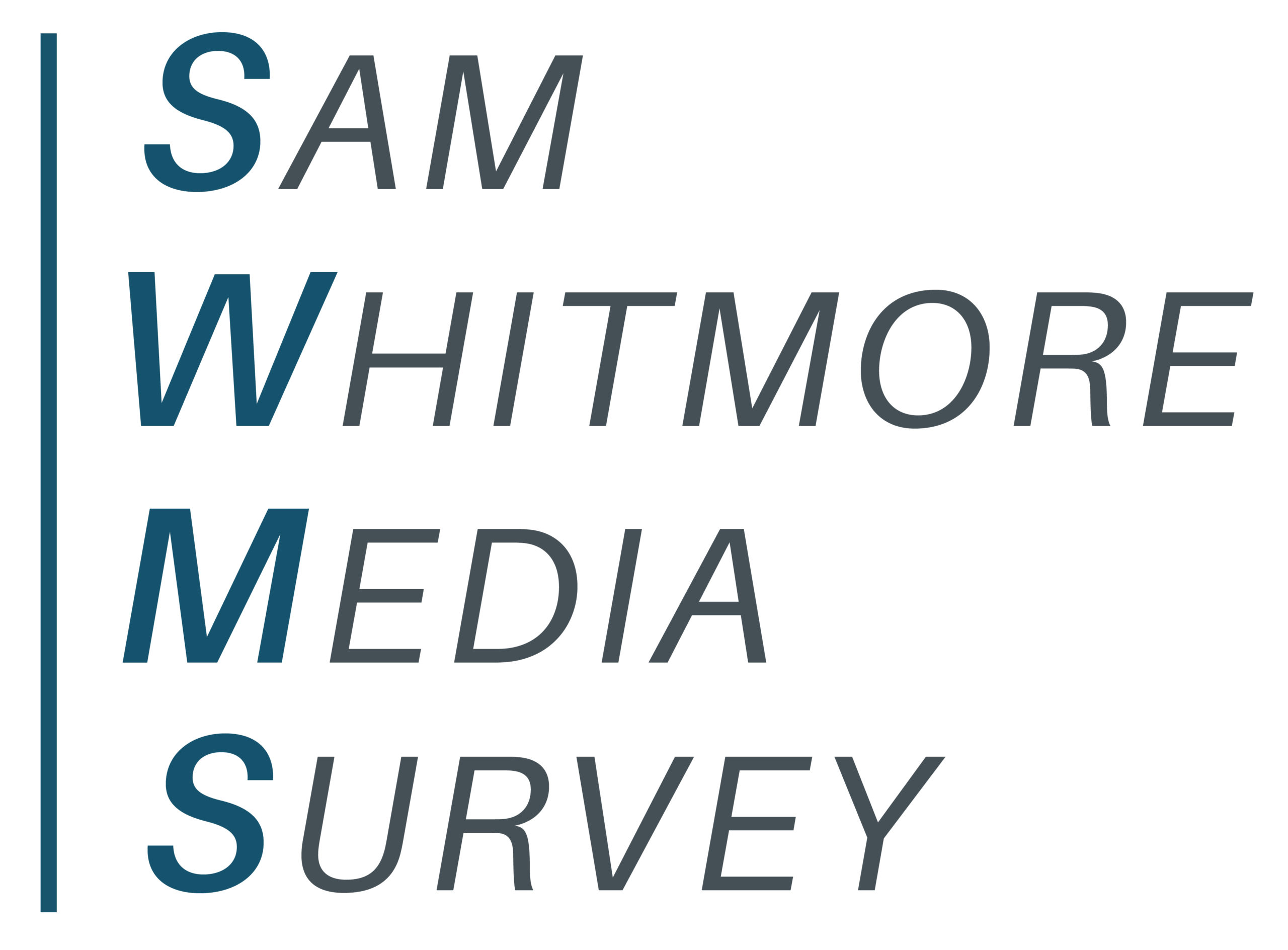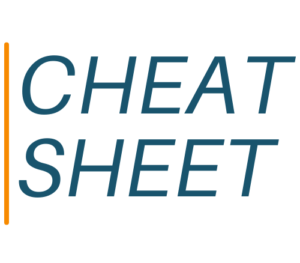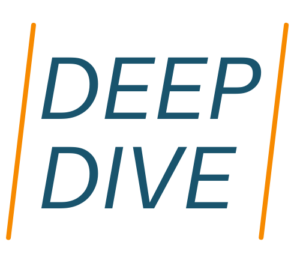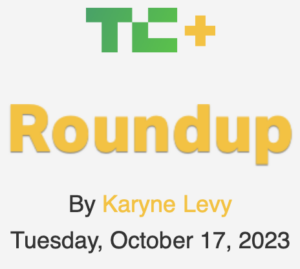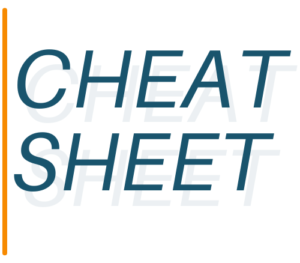
Cheat Sheet: Disinformation & Misinformation Targets
Here are 20 reporters who have covered the topics of disinformation and misinformation. Our research found that the latter term was covered a bit more than the former. There is currently no difference in the two; the terms seem to be interchangeable.
